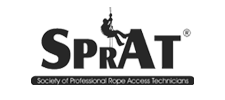-
Safety Services
Workplace Safety Services
First Choice Safety seamlessly integrates with your team and employs a proven human performance safety observations and coaching strategy to ensure your employees and contractors have the oversight and resources needed to complete any task safely.
Services Overview-
Health And Safety Compliance Services
-
Outage And Turnaround Services
-
Compliance Auditing and Inspections
-
Emergency Response Drills and Planning
-
Project Safety Plan Services
-
Staff Augment
-
Workplace Safety Programs
-
Industrial Hygiene Monitoring
-
Safety Committee Coordination
-
Fall Protection & Equipment Inspection Services
-
Site Orientation Video Services
-
Fire Surveillance & Fire Watch
-
Health And Safety Compliance Services
-
Training
Workplace Safety Training
First Choice Safety seamlessly integrates with your team and employs a proven human performance safety observations and coaching strategy to ensure your employees and contractors have the oversight and resources needed to complete any task safely.
Training Overview - Confined Space Rescue
-
Gear Shop
Shop Safety Equipment
First Choice Safety seamlessly integrates with your team and employs a proven human performance safety observations and coaching strategy to ensure your employees and contractors have the oversight and resources needed to complete any task safely.
Shop All Products - About Us
- Contact Us
Rope Access Training: Certification, Courses & Information
First Choice Safety Solutions (FCSS) delivers accredited SPRAT Rope Access Training that gets you certified fast and job-site ready.


What You Learn in Rope Access Training
- Rope progression: ascend, descend, rope-to-rope transfers, edge transitions.
- Work positioning: hands-free rigging so you can weld, inspect, or clean.
- Rescue skills: pick-offs, victim packaging, stretcher hauls.
- Gear care: daily inspections, retirement criteria, log-book discipline.
Plan on multiple days of hang-time drills, nightly knot practice and more, capped by a practical and written test.
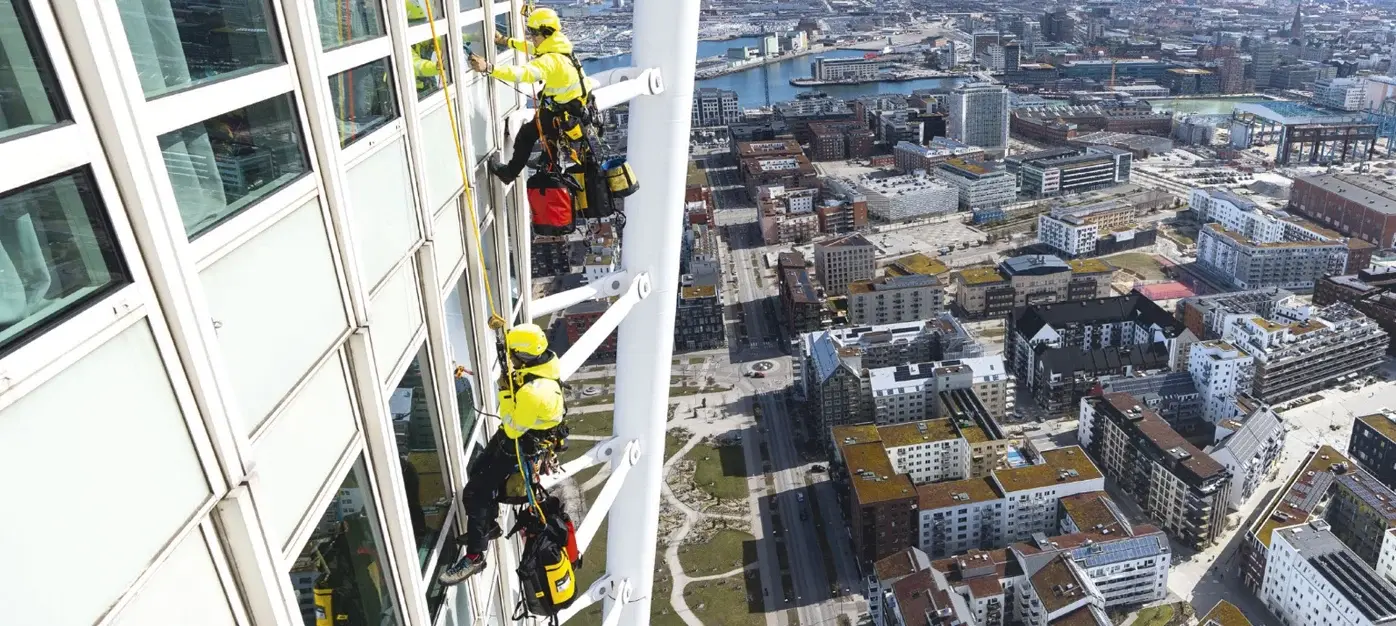
How Much Does Rope Access Training Cost?
SPRAT Rope Access Certification
(certification valid for 3 years)
- Level I (5 days) 4 training and last day evaluation)
- Level II (5 days) 4 training and last day evaluation)
- Level III (5 days) 4 training and last day evaluation)
- $1,700.00 per student
SPRAT Work-At-Height Certification
(certification valid for 3 years)
- 2 day class evaluation on 2nd day
- $850.00 per student
Discounts:
Fire/EMS, law-enforcement, active-duty military, and IATSE members get $300 off.
Our Available Rope Access Training Courses & Certifications
SPRAT Rope Access certification is a specialized set of techniques where ropes and specialized hardware are used as the primary means of providing access and support to workers in difficult access locations. The Society of Professional Rope Access Technicians (SPRAT) establishes standards and maintains 3-year certifications for rope access professionals, with strong recognition in North America and growing international acceptance. This course combines classroom instruction with extensive hands-on training on the two-rope system. Rope access is used in various industries globally, including wind energy, telecommunications, structural inspection, geological work, ski resort operations, and window washing. Rope access techniques have also crossed over into public safety functions, with a rapid increase in fire rescue personnel and other safety professionals obtaining certification.
SPRAT's work-at-height class establishes a certification program with performance-based criteria to ensure a baseline minimum of skills for the use of personal fall protection systems. Certification in fall protection provides an opportunity for the organization to further contribute to the overall safety of a work at height safety program. This course combines classroom instruction with extensive hands-on training. Each exercise focuses on minimizing free-fall potential and transitions between fall protection systems. Evaluation criteria is based on performance principles, aligning with SPRAT's rope access evaluation standards. This course is ideal for employers, rope access technicians, and those working with fall protection systems. Meets/exceeds OSHA and ANSI standards (29 CFR 1910 Subpart D, 29 CFR 1926 Subpart M, and ANSI Z359).
Next Steps to Enroll in Your Training
- Check your desired rope access course for specific dates available by browsing all open enrollment courses.
- Email proof for any service discounts.
- Reserve your seat and complete payment on the event page.
- What is next? What do they need to bring, if anything? How early should they arrive? Anything else?

What to Bring
- Pen and a notebook to take notes
- A laptop or tablet to download SPRAT Documents.
- A laptop or tablet for the written test is required
Start Time
- Our training Facility opens each day at 07:30, and class will begin at 08:00 each morning
- We recommend arriving early on day one for registration completion, settling in, and meeting your instructor and fellow students
- Class runs until about 16:30 daily
- A third-party SPRAT evaluator will perform your evaluation
- All evaluations are different, and as such, there is no guaranteed length of time for the evaluation to take place
FCSS provides all the necessary equipment for rope access training and certification; however, you may use your own rope access kit, provided it is available for inspection and approval by the instructor.
Rope Access Training Partners
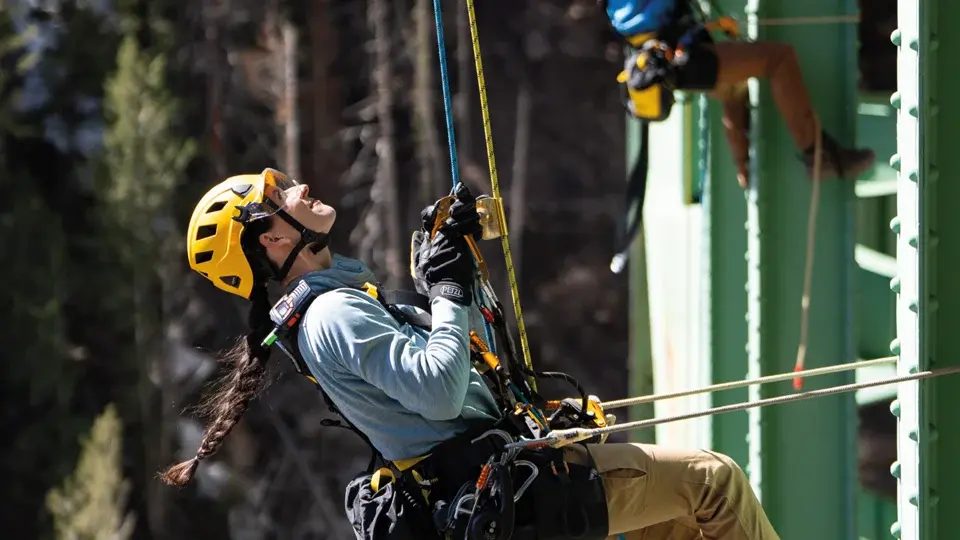
PETZL
As a certified Petzl Technical Partner (PTP), we uphold the highest standards in training, compliance, and equipment expertise. This partnership recognizes our technical expertise and commitment to high-quality training in vertical environments, and aligns us with the latest Petzl innovations and best practices.
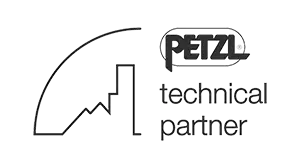
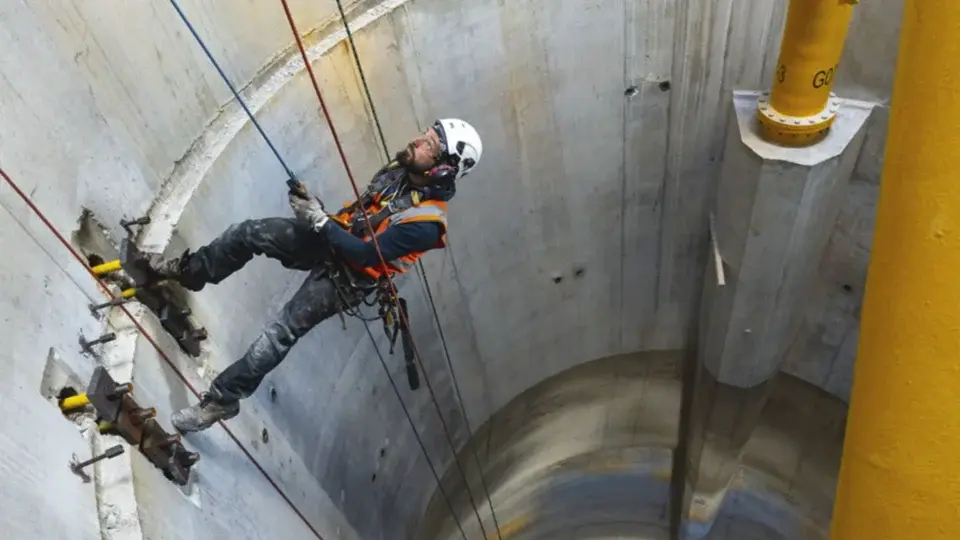
SPRAT
We offer training that prepares students for certification under the Society of Professional Rope Access Technicians (SPRAT), aligning with their rigorous safety and competency standards. Unlike facilities that focus solely on rope access techniques, our approach integrates SPRAT training with industrial safety, confined space rescue, and fall protection disciplines—ensuring our graduates are more versatile, job-ready, and equipped to handle real-world challenges across industries.

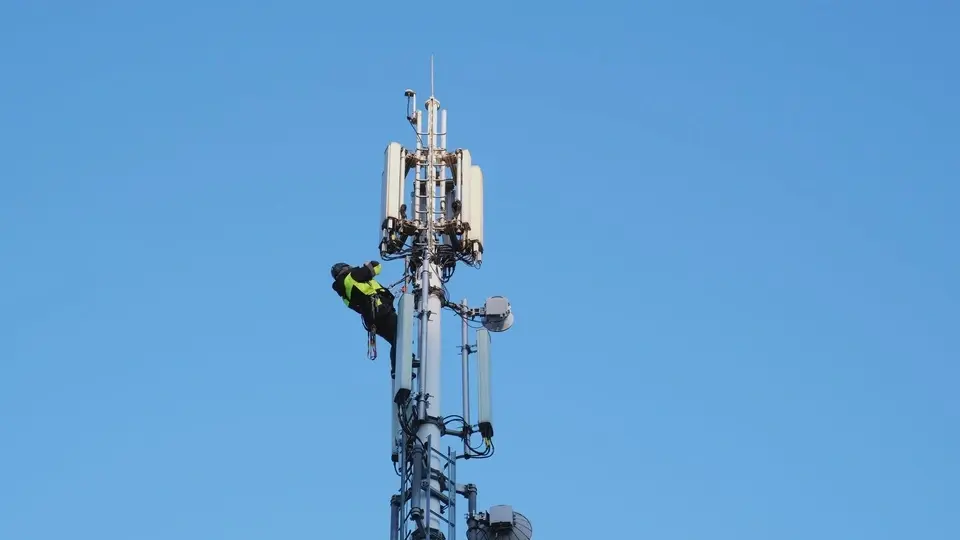
NATE
As a training partner aligned with NATE: The Communications Infrastructure Contractors Association (Formerly The National Association of Tower Erectors) , we deliver rope access courses that support the unique safety needs of the telecommunications and tower industry. Our training meets or exceeds NATE’s guidelines and helps professionals meet industry compliance expectations.

Frequently Asked Questions about rope access training
What is rope access training?
Rope access training is a safety training that teaches technicians to ascend, descend, position themselves, and perform rescues on a two-rope safety system so they can work efficiently and safely at height.
How do I get rope access certified?
Enroll in an accredited SPRAT or IRATA Level 1 course, complete four to five days of hands-on and classroom instruction, then pass the written and practical assessments on the final day to receive a certification card that is valid for 12 months.
Are rope access technicians in demand?
Yes. With wind farms, telecom towers, bridges, and high-rise maintenance projects all favoring rope access over scaffolding, employers post hundreds of openings each month across North America and Europe for certified technicians.
How long does certification take?
Four to five training days plus the exam on Day 5. Pass the exam and you’re certified the same afternoon.
What are the prerequisites?
All students must be age 18+, be in good health and have the ability to climb a ladder unassisted. Comfort with heights helps.
How often do I need to renew a Rope Access Training certification?
Every 12 months, with proof of logged hours and a one-day assessment.
Can I work overseas with a SPRAT certification?
AI Overview
SPRAT (Society of Professional Rope Access Technicians) certification is primarily recognized in North America, with its standards and certifications being widely adopted in the United States and Canada.
If you’re working in Europe, you may need an IRATA certification as well.
Do I need my own gear for the course?
Not for the course. We supply everything. Many techs buy personal helmets and gloves for comfort once they start working.
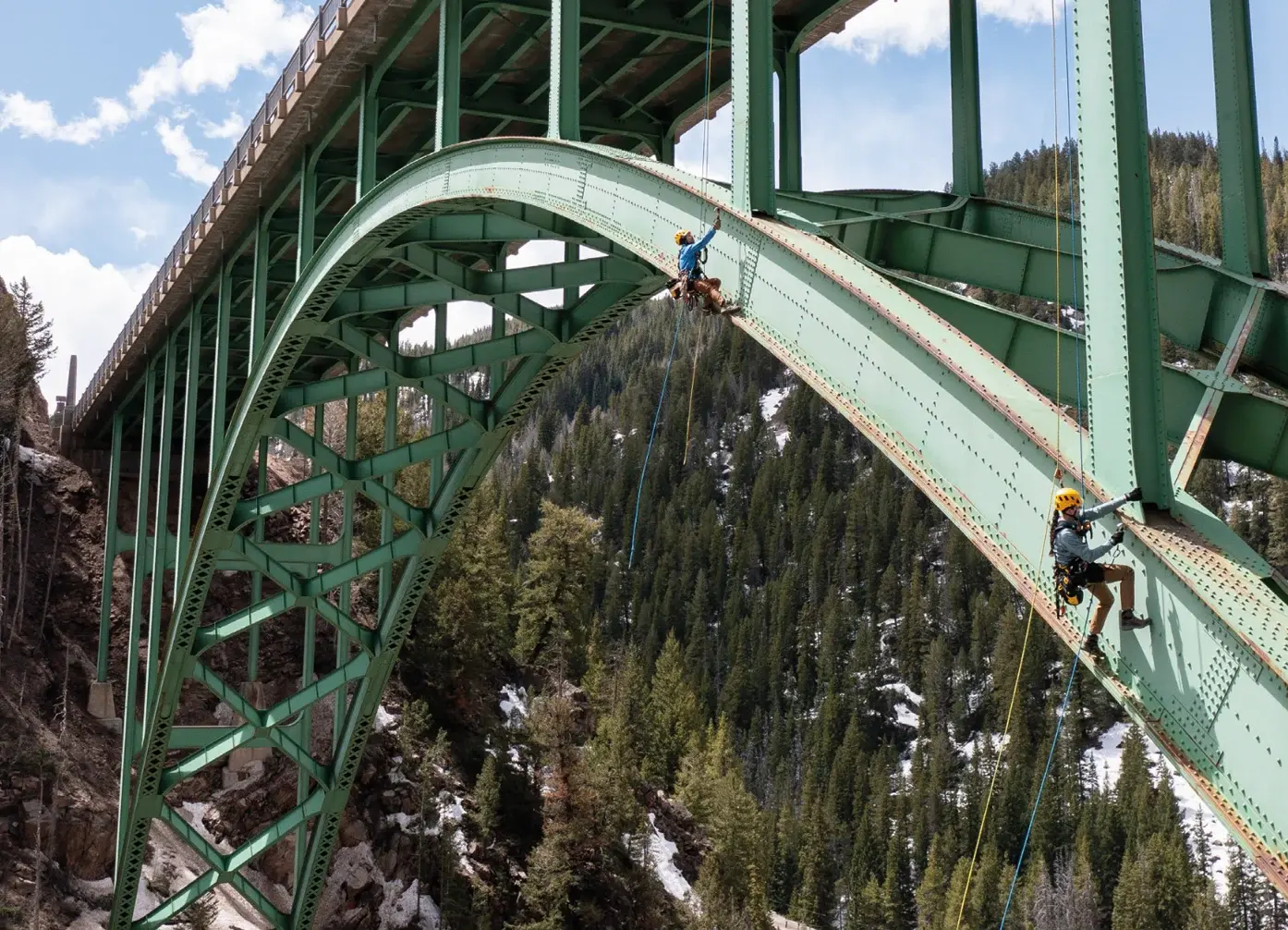
New England's Largest & Most Advanced Rope Access Training Center- Mystic, CT
Founded in 2014, First Choice Safety Solutions (FCSS) operates New England’s largest and most well-equipped Rope Access Training Center, offering over 4,500 square feet of dedicated training space. Our purpose-built facility provides immersive, hands-on instruction, ensuring technicians are prepared to work safely, efficiently, and in full compliance with industry standards.
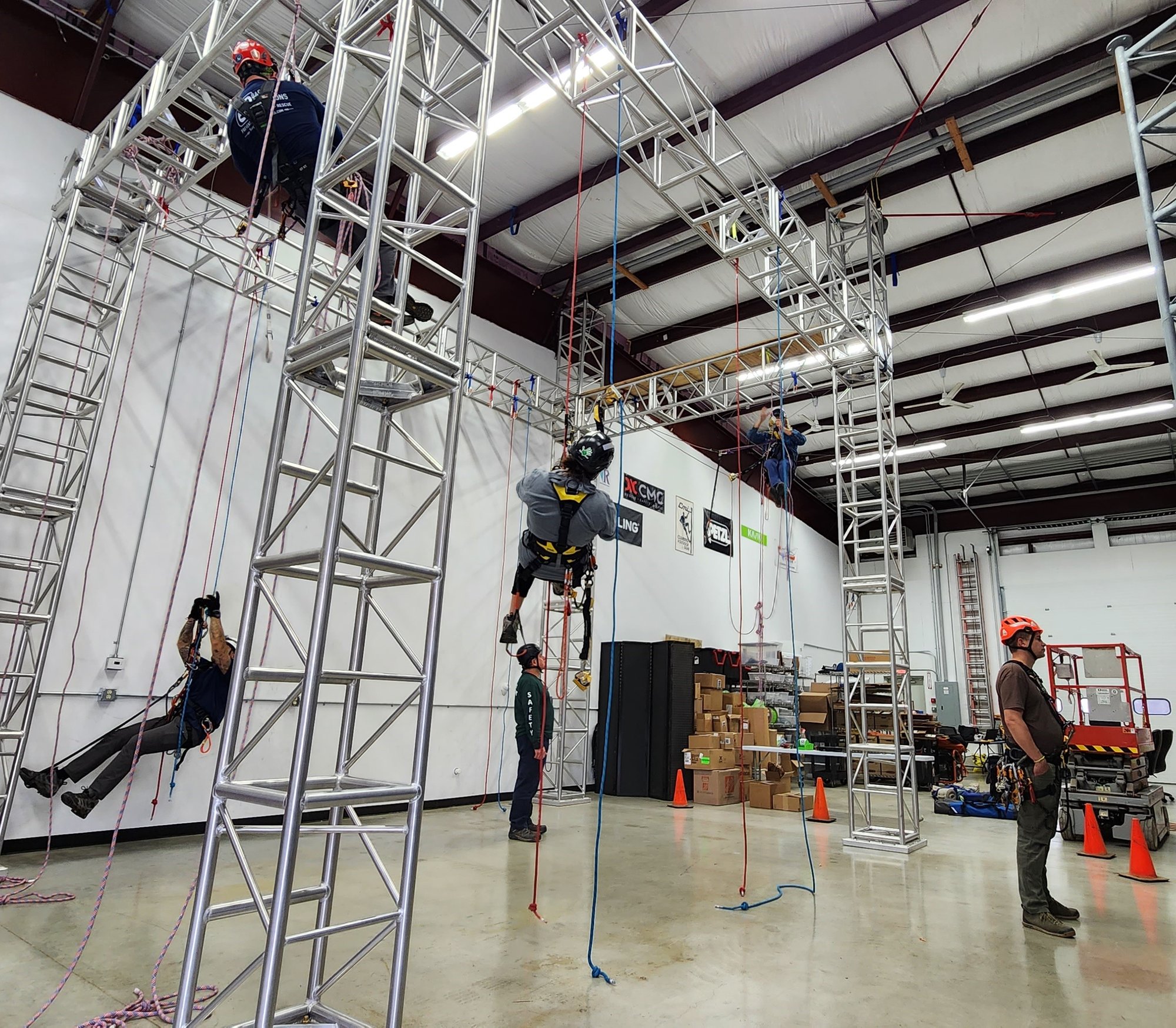
Why Train at FCSS?
- Over 4,500 sq. ft. of specialized training space – the largest in New England
- 25-ft ceilings for full-height rope access applications
- Multiple towers, scaffolds, and elevated platforms for real-world simulation
- Comprehensive equipment selection from leading manufacturers
- Climate-controlled environment for optimal learning conditions
- Our programs meet and exceed SPRAT Rope Access Certification, ANSI Z490.1, ANSI A10.32, and Z359.2 Fall Protection Standards and OSHA Walking-Working Surfaces Regulations (2017)
Interested in our services?
Call us at 1-844-343-3277 or complete the form below









